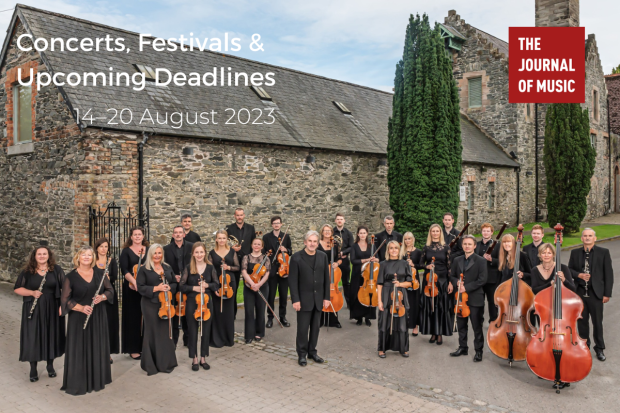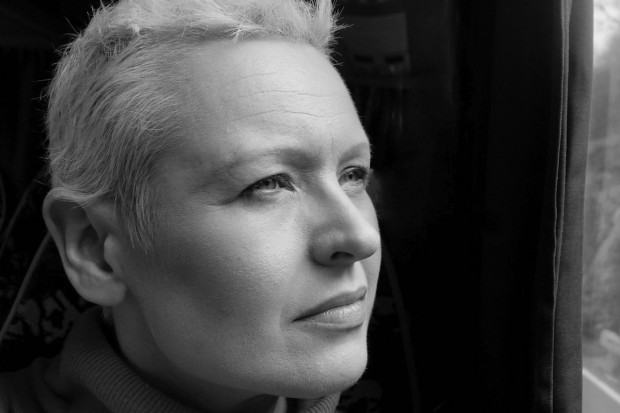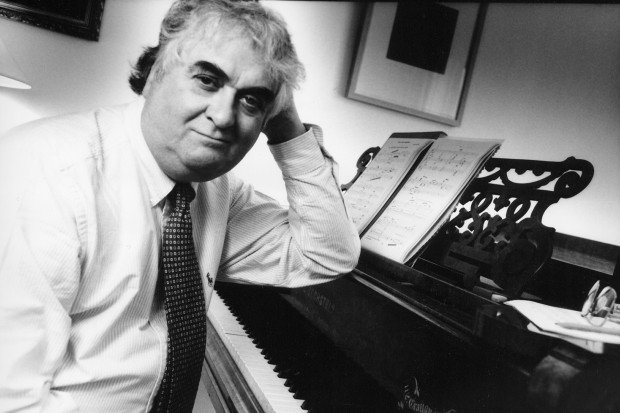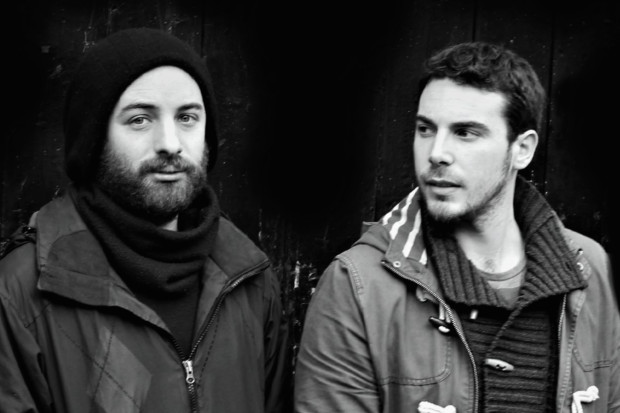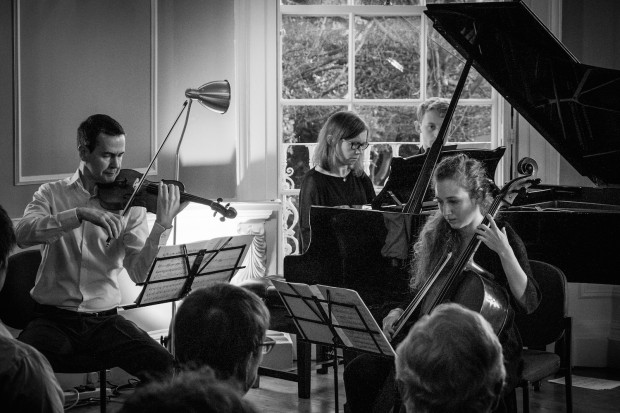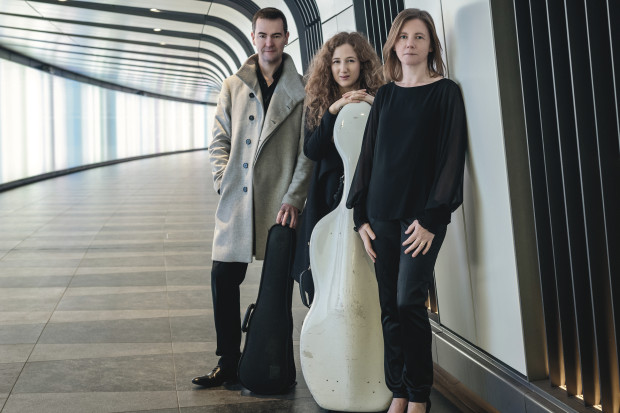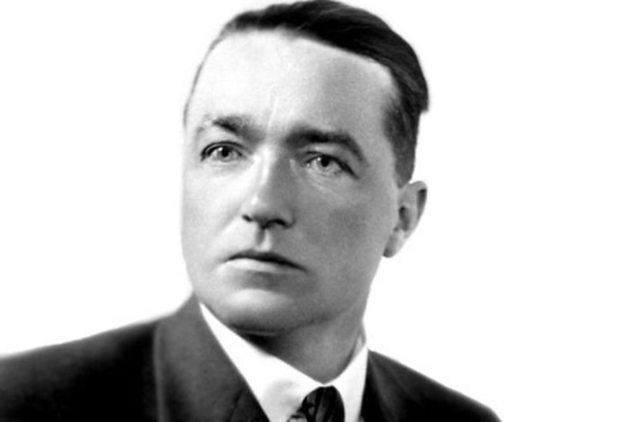
Ernest Moeran
Drawing on a Host of Traditions
The Fidelio Trio must know the work of Ernest Moeran (1894–1950) well by now. Since Mary Dullea, Fidelio’s pianist, founded the annual Chamber Music in Valentia festival in 2015, Moeran has been represented in every programme. And rightly: he lived there for two years in the 1930s, before eventually settling not too far away in Kenmare, where he became a popular local figure. He even completed his Symphony in G Minor (1934–37), possibly his best known work, in Valentia. It is great to see that the Fidelio Trio has decided to put their relationship with this rather neglected composer on record.
Moeran was an avid folklorist in the vein of Vaughan Williams, and he incorporated Irish music into his later works. The present recording, though, mostly comprises works from before his time in Ireland, and though there are a few folk influences in these works, they are more often from his native Norfolk. Moeran was not just a folklorist, though. As the pieces on this recording demonstrate, he had a great stylistic breadth, as well as a surprising drama and even, occasionally, modernism.
These influences are not always fully digested into a mature compositional voice, and they do not always cohere. The second movement of the Sonata for Two Violins (1930) is almost a pastiche, at times, of Ravel’s String Quartet. It is followed by a passacaglia in the style of a Renaissance madrigal; a lovely movement, but musically it is entirely unrelated.
The rest of the music on the album is of a similar calibre. There is a great sense of drama and curiosity, there is a great technical facility, especially in terms of instrumental colour (here we see the influence of Moeran’s teacher Charles Stanford), and there are even plenty of moments of genuine inspiration – but these promising ingredients never come together to form anything satisfying or arresting.
This is no surprise – critics have been saying it since Moeran’s own time – but what it means is that the draw of this album is not going to be a reappraisal of the composer, and so needs to be the Fidelio Trio’s performances rather than Moeran’s compositions. Fidelio are one of Ireland’s finest chamber ensembles, so a new recording by them is a cause to take notice regardless of what they play.
Familiar with all styles
Moeran is a difficult composer to interpret: he draws from a host of traditions, and often deliberately juxtaposes them quite violently, even to the point of polystylism. His performers must be familiar with all these styles – Irish and English folk music, Ravel and Delius and Wagner – and do each justice as well as weave it into the whole as well as possible, while simultaneously having the emotional agility to follow Moeran’s late-Romantic drama.
The Fidelio Trio, as we might expect by now, meet all these demands with charisma and verve. The Allegros and Vivaces are played with passion and joy, and the slow movements – especially the short Prelude for Cello and Piano (1943), which Tim Gill and Dullea clearly relished playing – are full and warm. Moeran’s light melodiousness is brought out throughout, and the musicians play with a tightly unified sound – even in the Sonata for Two Violins, in which Darragh Morgan is joined by guest performer Nicky Sweeney.
Fidelio made a brave, if not entirely wise, decision to dedicate an entire album to Ernest Moeran: his charming and playful music is not really substantive or refined enough to merit single billing. But Fidelio’s performance is of a standard to be worth admission alone, and as Moeran is important to the Trio, this album has a deserved place in their catalogue.
Ernest Moeran: Chamber Music by the Fidelio Trio is available on the Resonus label. Visit www.resonusclassics.com.
Published on 24 February 2022
James Camien McGuiggan studied music in Maynooth University and has a PhD in the philosophy of art from the University of Southampton. He is currently an independent scholar.










